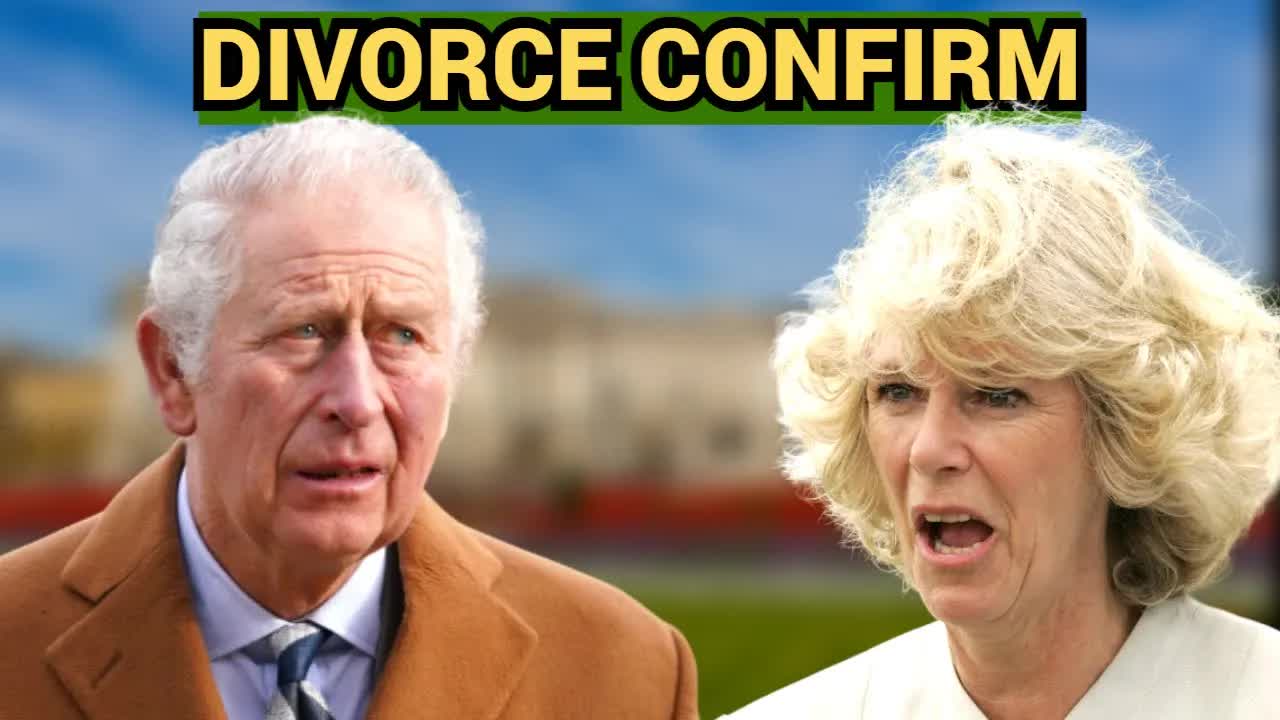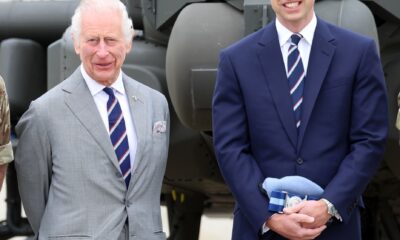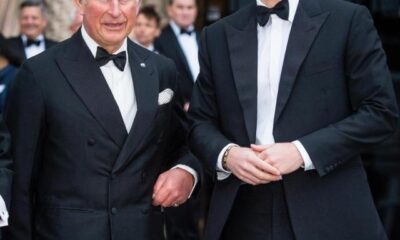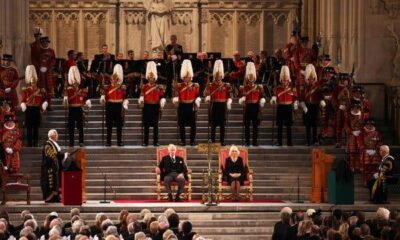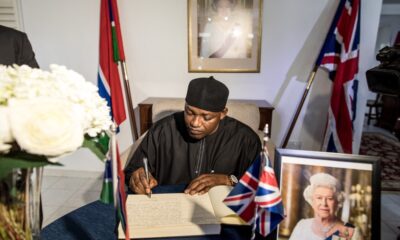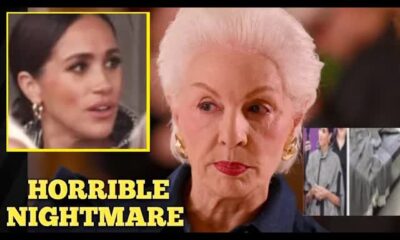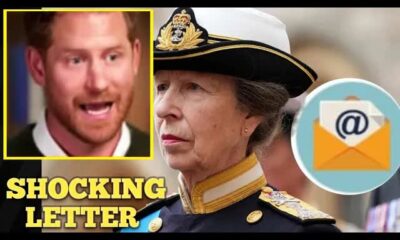The News
The Royal Balancing Act: King Charles III and the Evolving Monarchy
King Charles III's reign has ushered in a transformative era for the British monarchy, an institution steeped in history yet facing mounting pressure to adapt to contemporary expectations.
The monarchy, often seen as a pillar of national identity and continuity, has confronted numerous challenges over the years, both political and social.
As Charles takes the helm, his reign has become emblematic of the ongoing struggle between preserving tradition and embracing necessary change.
Upon assuming the throne, King Charles found himself at a crossroads.
He needed to honor time-honored customs while also introducing innovative strategies to keep the monarchy relevant.
This balancing act has been particularly evident in his decision to redefine key roles within the royal family.
A significant part of this strategy has involved elevating Prince William and Princess Catherine, a move perceived as a calculated effort to secure the monarchy's future.
However, this shift has not come without complications, especially for Queen Consort Camilla.
Her position within the royal hierarchy has grown increasingly tenuous amidst these changes.
Camilla, who has long captivated public attention, carries a complex legacy.
Her relationship with Charles began during his marriage to Princess Diana, a connection that was once met with intense scrutiny and criticism.
For years, she was viewed unfavorably by many who idolized Diana, the people's princess.
The turning point for Camilla came in 2005 when she married Charles.
This marked the beginning of her arduous journey toward gaining public acceptance.
Through a carefully crafted public relations strategy and active involvement in charitable initiatives, she gradually transformed her image.
By the time Charles ascended to the throne, Camilla had managed to carve out a place for herself within both the royal family and the public eye.
Yet, the role of queen consort, while prestigious, has proven to be fraught with challenges.
Traditionally, a queen consort supports the reigning monarch, often wielding influence behind the scenes while representing the crown at various ceremonies and charitable events.
For Camilla, becoming queen consort was the culmination of her long struggle, and she may have anticipated that her position would afford her significant sway within the monarchy.
However, the reality has been starkly different.
In a notable shift, King Charles has opted to delegate many responsibilities to his eldest son and daughter-in-law, Prince William and Princess Catherine.
This decision not only signals a generational change within the royal family but also underscores the crucial roles that William and Catherine will play in the monarchy's future.
Their rising prominence in public and ceremonial duties has inevitably left Camilla feeling somewhat sidelined, a reality that has proved difficult for her to accept.
Camilla's sense of being overshadowed is exacerbated by the immense popularity of William and Catherine among the British public.
The younger royals are often viewed as more relatable and modern, garnering widespread admiration that starkly contrasts with Camilla's mixed reception.
Catherine, in particular, has captured hearts with her grace and dedication, further intensifying the competitive atmosphere within the royal family.
The emotional impact of these developments on Camilla cannot be overlooked.
After diligently working to secure her place within the monarchy, the recent shifts in royal responsibilities likely leave her feeling undervalued and unappreciated.
Her exclusion from key roles in favor of the younger royals fosters frustration and insecurity, as she navigates her position in a monarchy seemingly moving in a direction that leaves her behind.
Beyond personal feelings, Camilla's struggle to assert her influence highlights broader issues of gender and power dynamics within the monarchy.
Although the title of queen consort carries prestige, it has historically been one of support rather than leadership.
Like many consorts before her, Camilla finds herself constrained by tradition and public expectations.
Despite her royal title, her influence remains limited as the monarchy increasingly focuses on the younger generation.
King Charles' decision to elevate William and Catherine reflects his understanding of the monarchy's need for evolution.
Unlike his predecessors, particularly Queen Elizabeth II, known for her unwavering commitment to tradition, Charles has always been open to change.
Throughout his life, he has challenged norms, whether regarding architecture, environmental issues, or social topics.
This inclination towards innovation now shapes his approach to royal governance.
By placing William and Catherine at the forefront of royal duties, Charles is ensuring a smooth transition of power while tapping into their broad appeal.
The younger royals symbolize a more modern, accessible monarchy that resonates with a new generation of Britons.
Their popularity, both domestically and internationally, positions them as vital figures for the monarchy's future, making Charles' strategic decisions all the more critical.
However, this shift has led to tensions within the royal family, particularly concerning Camilla.
Her deep bond with Charles, marked by affection and public scrutiny, has undoubtedly been influenced by the evolving dynamics of their roles.
As king, Charles faces the challenge of balancing royal duties with personal relationships, a task that likely affects his decisions about how responsibilities are allocated.
The uncertainty surrounding Charles' health adds another layer of complexity for Camilla.
The prospect of a future monarchy led by William and Catherine raises questions about her own role, deepening her anxieties.
The potential for Charles to become incapacitated or pass away serves as a stark reminder of the instability of her position, leading her to fear being further marginalized in a monarchy increasingly focused on the younger generation.
Camilla's reaction to recent developments encapsulates a mix of personal disappointment, professional frustration, and existential anxiety.
Her concerns about being sidelined extend beyond mere influence; they touch on the very stability of her position within the monarchy.
As queen consort, she had envisioned a significant role, yet recent events have left her questioning whether those expectations will ever fully materialize.
In navigating this complex landscape, King Charles III's reign emerges as a nuanced interplay of tradition, modernization, and personal dynamics within the royal family.
His strategic choices, albeit essential for the monarchy's future, pose considerable challenges for Camilla as she seeks to find her footing in an ever-evolving institution.
The ongoing tension between maintaining tradition and embracing change will undoubtedly remain a defining characteristic of Charles' reign, with Camilla's role still shrouded in uncertainty.


